Temples and shrines, shrines and temples. It is impossible to wander a neighbourhood in Japan without passing at least one temple or shrine. They are some of the most peaceful locations you’re likely to find.
There are around 100,000 Shinto shrines and 80,000 Buddhism temples throughout Japan where locals visit and pray. They are also very popular sightseeing spots that attract many tourists from all over the world. In just the city of Kyoto alone there is some 5,570!
WHAT’S THE DIFFERENCE BETWEEN TEMPLES AND SHRINES?
Most Japanese follow either the Shinto or Buddhist religions, or both. Shinto and Buddhism are often integrated in Japan, so it is not uncommon to find temples inside shrines and visa versa. From the big cities to the smallest towns, there will always be temples and shrines to explore.
So how can you tell the difference between temples and shrines? Following are several ways you will be able to tell which you’re about to enter. The following features will help you distinguish them easily:
BUDDHIST TEMPLES
- Burn incense at the front of the temples
- Have a visible pagoda, generally with three entrances underneath
- Many temples have a pair of fearsome-looking deities on either side of the gate to stop enemies entering. Known as ‘nio’ or ‘kongourikishi’.
- In a temple, the object of worship is always an image of the Buddha
SHINTO SHRINES
- Enter through the torii gate. The torii is the boundary between the spirit and the human worlds
- A pair of guardian dogs called ‘komainu’, sit on each side at the front of the shrine. It’s the job of these mythical protectors to drive away demons. One has its mouth open and the other has it closed, representing the beginning and end of all things or the universe. Some shrines like Fushimi Inari in Kyoto have foxes in place of komainu while others have mice.
- You will need to purify your hands and mouth at a water fountain found at the entrance
- In Shinto, it is thought that ‘kami’ or gods reside in all things – mountains, forests, trees, and rocks are thought to have strong spiritual qualities and so become objects of worship. This is sometimes indicated by a thick rope called a ‘shimenawa’. Mirrors may also be objects of worship.
ETIQUETTE OF TEMPLES AND SHRINES
When visiting shrines, you should follow the example of locals if you wish to pray. First, throw coins into the box and ring a bell if there is one. Next, bow twice and clap your hands twice, and make a wish without speaking. During this, your hands should stay still together. Lastly, bow one more time. Temples don’t have any strict rules for visiting like shrines. You just need to be quiet, respectful and pray silently.
FAMOUS TEMPLES AND SHRINES YOU MUST VISIT
Temples and shrines are located all over Japan.
KINKAKUJI TEMPLE (KYOTO)
Kinkakuji was established in 1397 and is completely covered in gold leaf, shining above its reflecting pond.
KIYOMIZU-DERA (KYOTO)
Home to the Goddess of Mercy is Kyoto’s “Pure Water Temple”. Thought to be over 1,200 years old, the Buddhist temple is one of Kyoto’s many UNESCO World Heritage Sites.
FUSHIMI INARI SHRINE (KYOTO)
Fushimi Inari Shrine is famous for the thousands of red torii gates you can wander through, each inscribed with a donor’s name. You can walk as far as you like but from the top, you will have lovely views over the ancient capital of Japan.
TODAIJI TEMPLE (NARA)
Todaiji is home to the world’s largest Buddha. The temple was first constructed in 752, and 2.6 million people directly contributed in some way to it. It is also famous for the countless deer that have made their residence around the temple. You can even purchase crackers the feed them – they will bow to you when requesting a cracker!
ITSUKUSHIMA SHRINE (HIROSHIMA)
The torii gate of Itsukushima Shrine is different from all others in Japan – it is floating in the sea and completely exposed at low tide. The sunset view when the gate appears to be floating is truly spectacular!
SENSOJI TEMPLE (TOKYO)
Sensoji is Tokyo’s oldest and one of the city’s most popular temples for tourists. It dates back to 645AD. Legend tells of two fishermen who found a statue of Kannon in the nearby Sumida River. They gave it to their village chief who then remodeled his own home into a small temple, where the statue is still enshrined.
With so many amazing temples and shrines to choose from, the above is but a tiny sample of what you can explore. Book a small group escorted tour to Japan with Wendy Wu Tours and discover some of these amazing locations for yourself. The beauty of these sacred spaces will be further enhanced if you travel during cherry blossom or autumn leaves season.
Check out our Special Offers and some of our most popular blogs:
Japan Autumn Leaves – Best Places to Explore
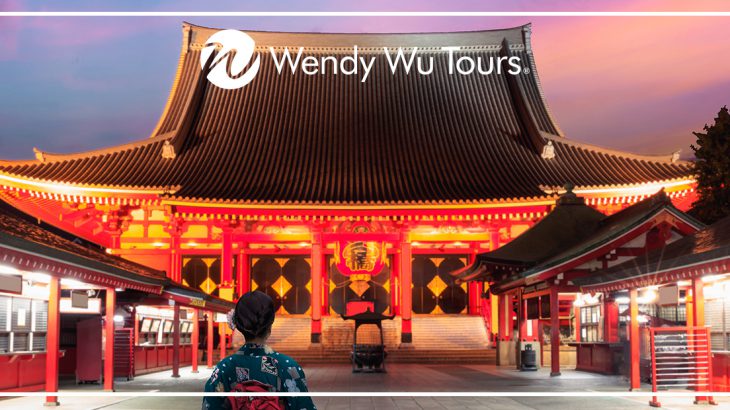
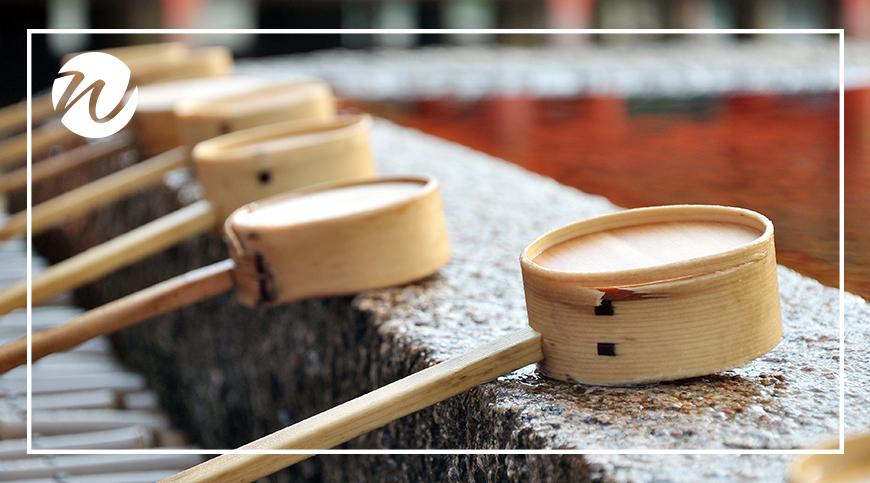
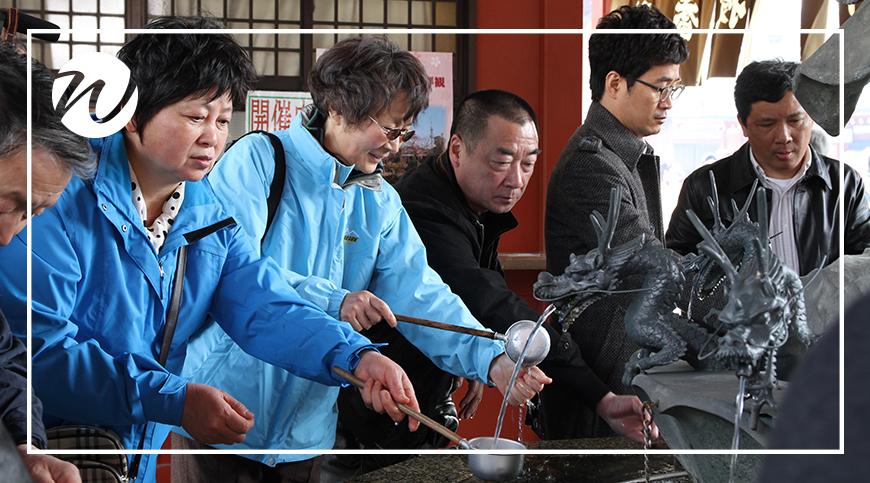
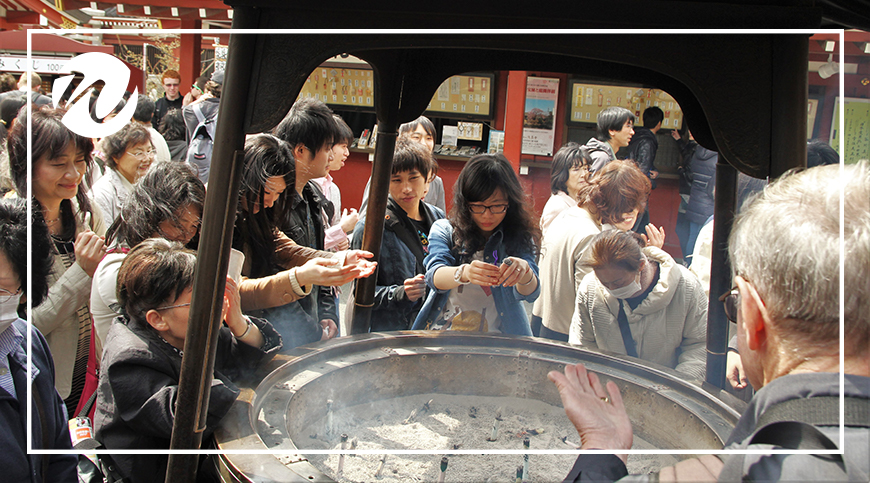
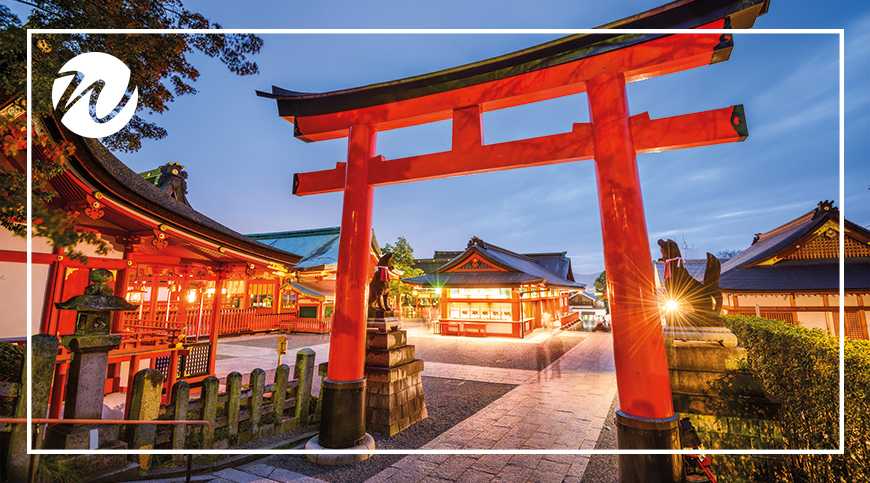
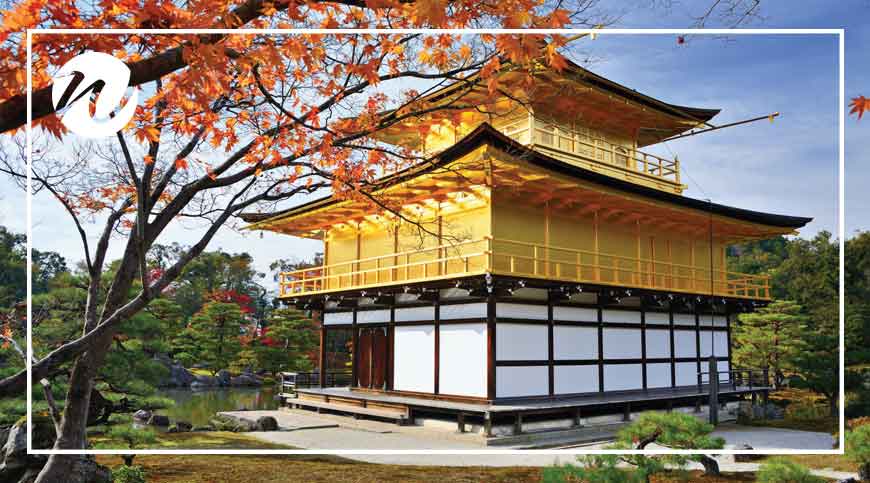
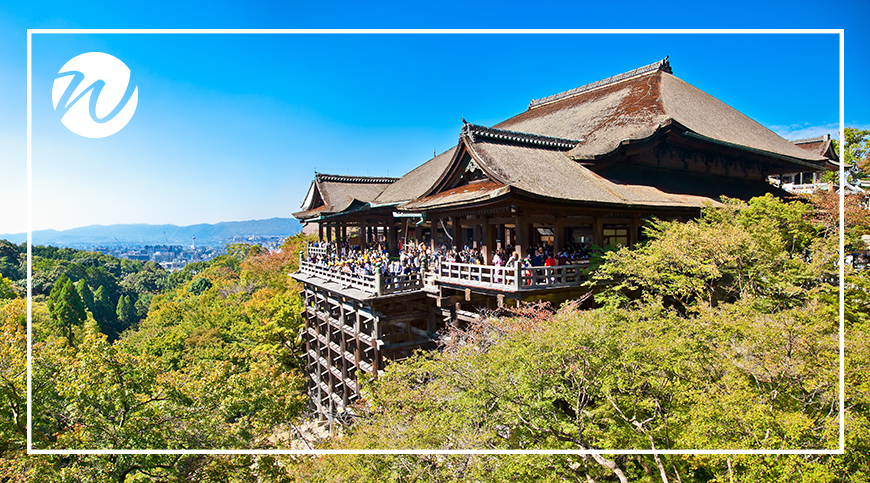
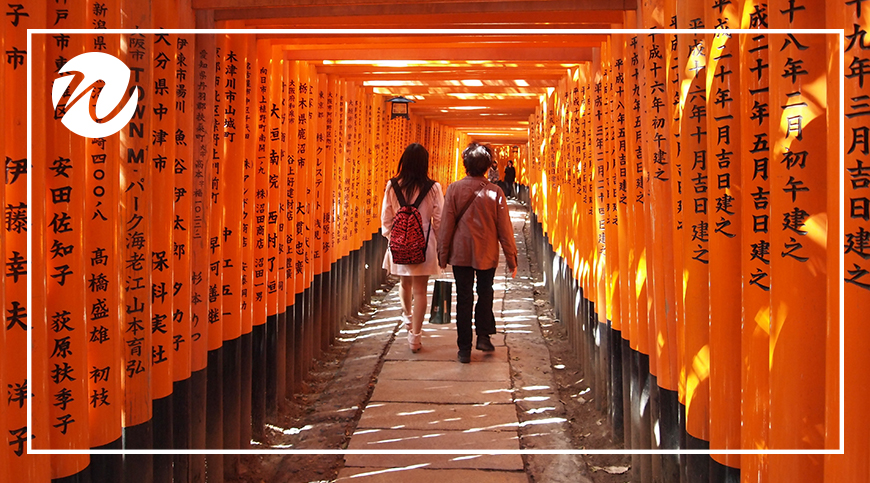
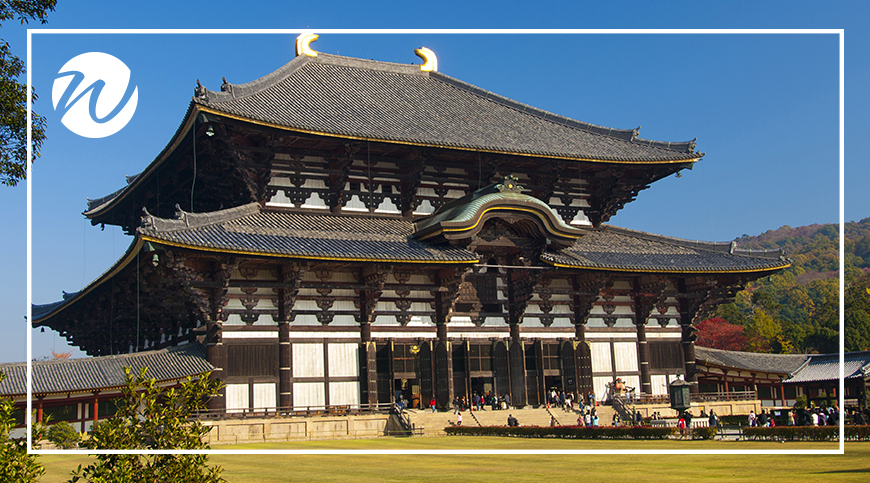
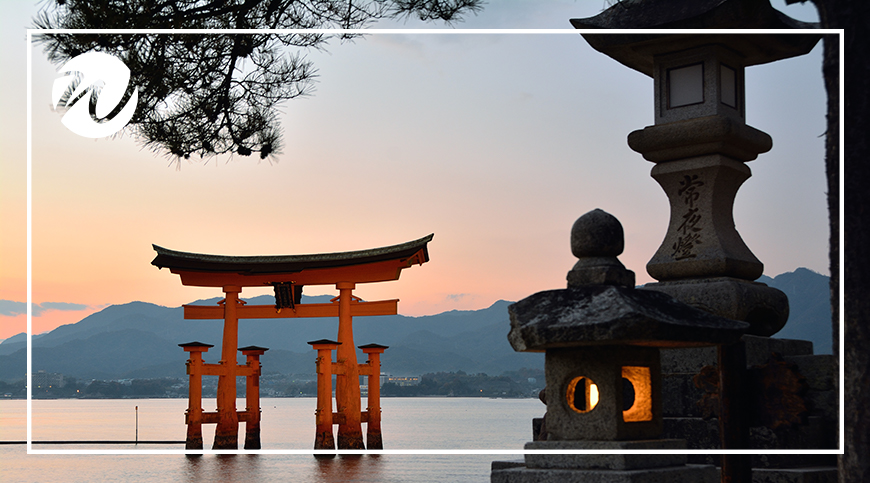
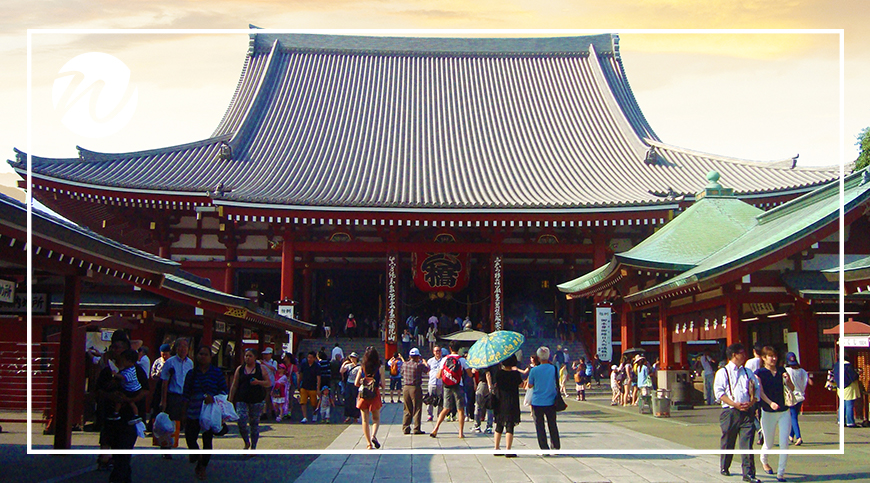
Awesome. I have never been there but I am planning to visit there on my next vacation.